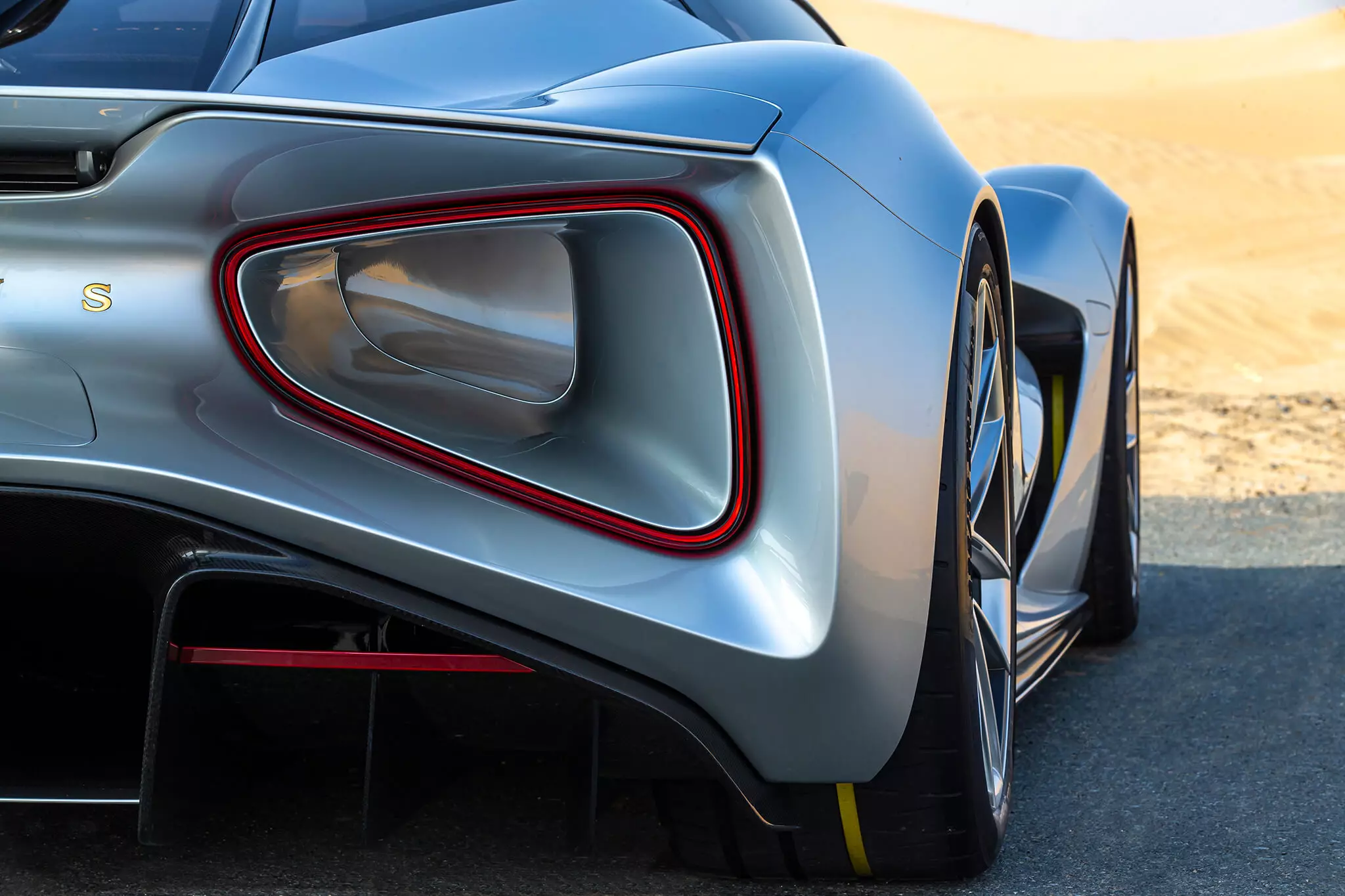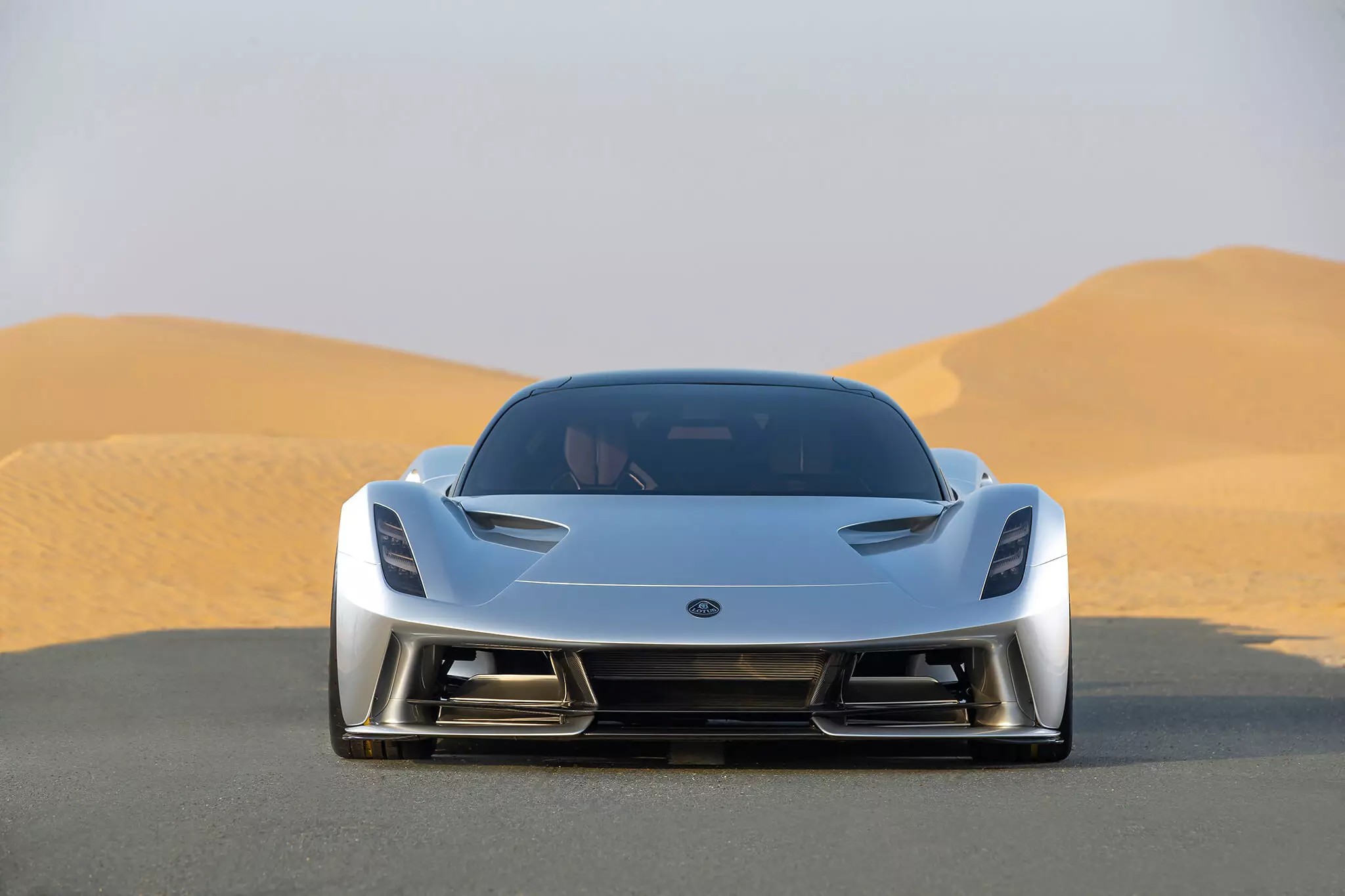When we got to know it, the contrast couldn't be greater with the other sports we know from the brand. THE Lotus Evija it is the most powerful production car ever, with 2000 hp; and there has never been a Lotus so heavy, at 1680 kg.
Furthermore, this electric hyper sports car gives us a glimpse of what the future of Lotus could also be, now in the hands of the Chinese Geely. The British manufacturer is set to launch a new sports car at the end of this year or early next year, and it has been announced as the last Lotus to be launched with a combustion engine(!).
The Evija thus gains added prominence, despite there will only be 130 units, as it may well become an unavoidable reference point for the Lotuses that we will have in the future.

Focusing on the machine itself, the question is how to face the… weight of the numbers it announces. These will make Evija the fastest Lotus ever — less than 3.0s from 0-100 km, less than 9.0 to… 300 km/h and advertised top speed in excess of 320 km/h.
Subscribe to our newsletter
Aerodynamics will assume an unavoidable role. Lotus's head of aerodynamics and thermal management Richard Hill — he's been with Lotus for over 30 years — gives us a closer look at how the Evija battles with air. The way he compared the Evija's aerodynamics to that of other regular sports cars is telling:
"It's like comparing a fighter (airplane) to a child's kite"
To better understand this analogy, we refer to the words of Richard Hill: “Most cars have to make a hole in the air, to go through it using brute force, but the Evija is unique because of its porosity”. Porosity? Hill continues: “The car literally 'breathes' the air. The front works like a mouth, breathing in the air, sucking in every kilogram of its value — in this case, the downforce — and breathing it out through the dramatic rear."
Looking at the extreme design of the Lotus Evija, dominated by complex surfaces highlighting the two “holes” at the back that are no more than Venturi tunnels, which are part of this so-called “porosity”. These help to reduce aerodynamic drag:
“… without them Evija would be like a parachute, but with them it's like a net to catch butterflies…”

To increase the levels of downforce (negative support), the Lotus Evija also has active aerodynamic elements, such as the rear wing. This is able to rise above the body, taking in “clean” air. It also has a drag reduction system (Drag Reduction System or DRS) similar to that of a Formula 1, which consists of a horizontal element mounted centrally at the rear and which, when activated, allows the car to be faster.
At the front we also have a splitter, designed in three sections. The central section provides air to cool the battery — it is mounted in the middle of the car, behind the two occupants — while the smaller side sections help to cool the front axle, which is also powered.

The splitter function also makes it possible to reduce the amount of air under the vehicle. This is desirable as it helps to reduce drag and lift levels under the car, as by contributing to a pressure difference between the bottom and top of the car, it allows for an increase in downforce values.
Razão Automóvel's team will continue online, 24 hours a day, during the COVID-19 outbreak. Follow the recommendations of the General Directorate of Health, avoid unnecessary travel. Together we will be able to overcome this difficult phase.
